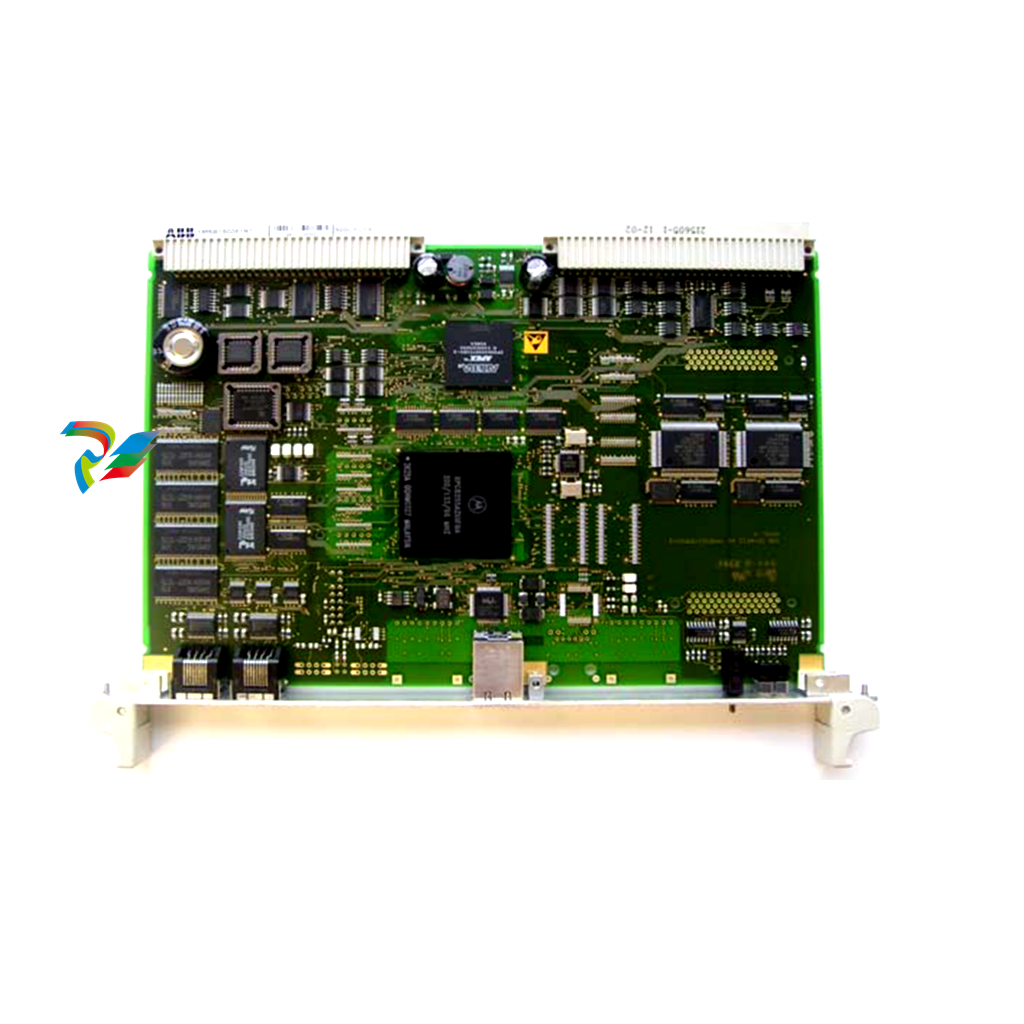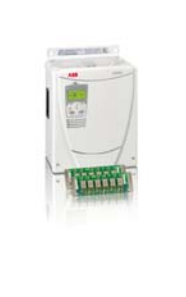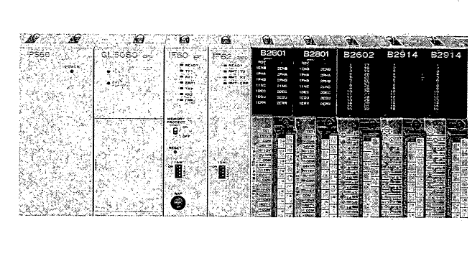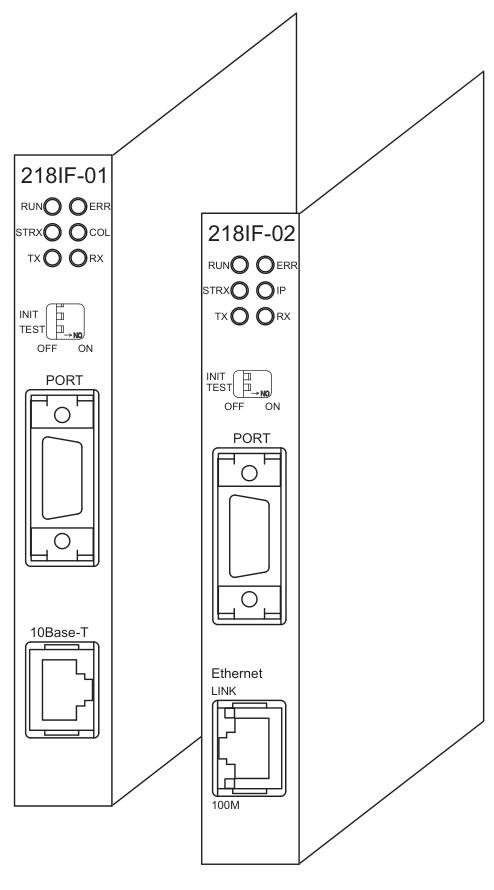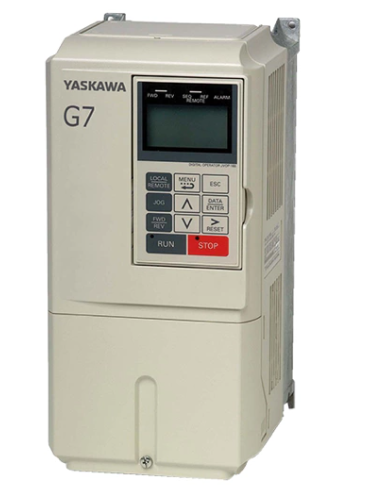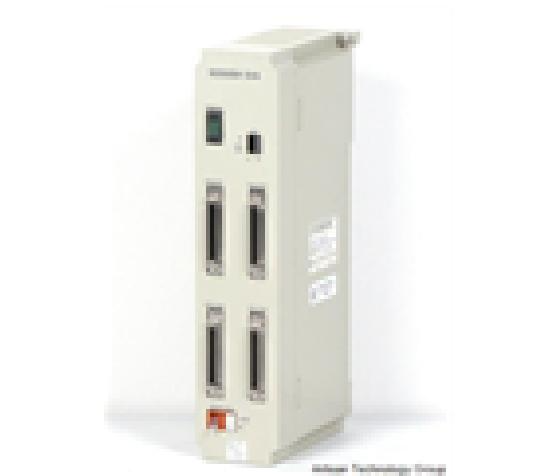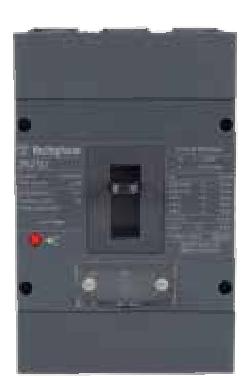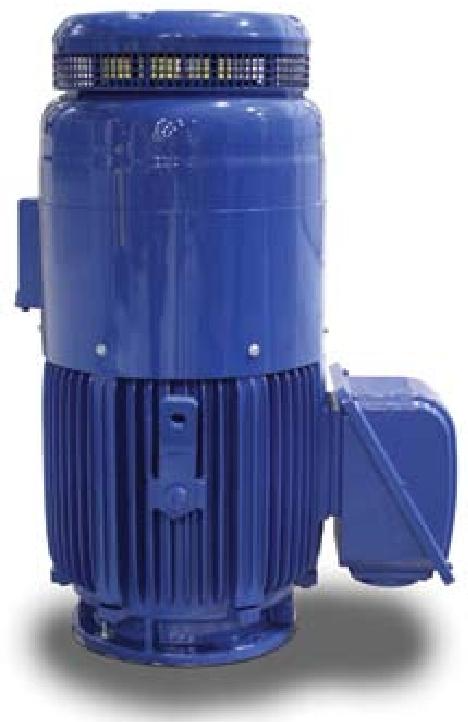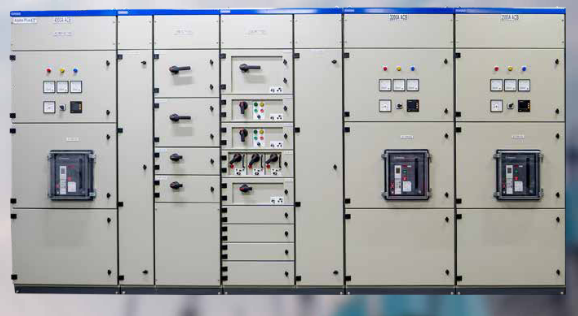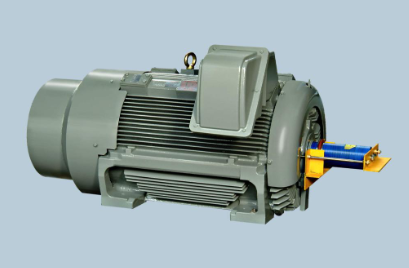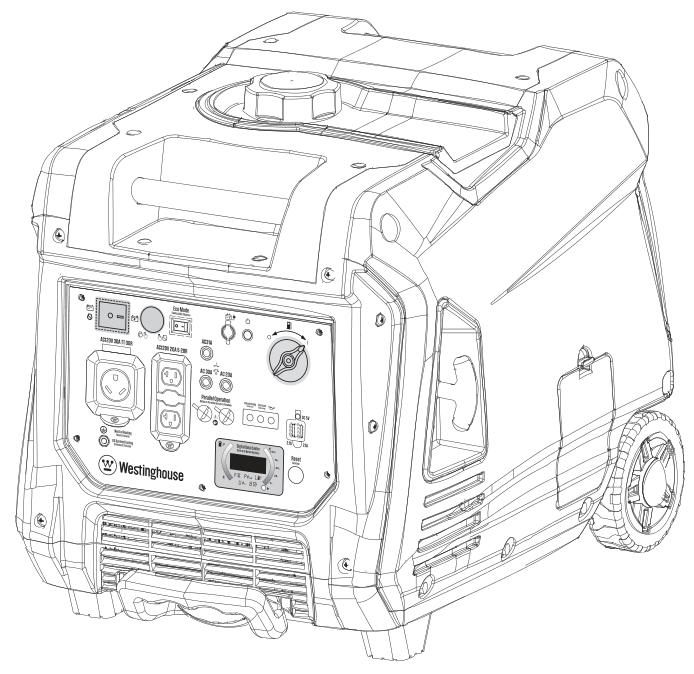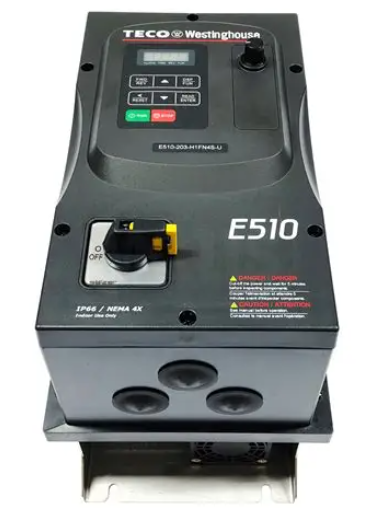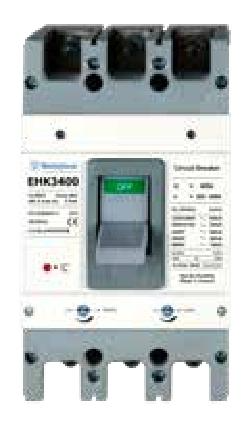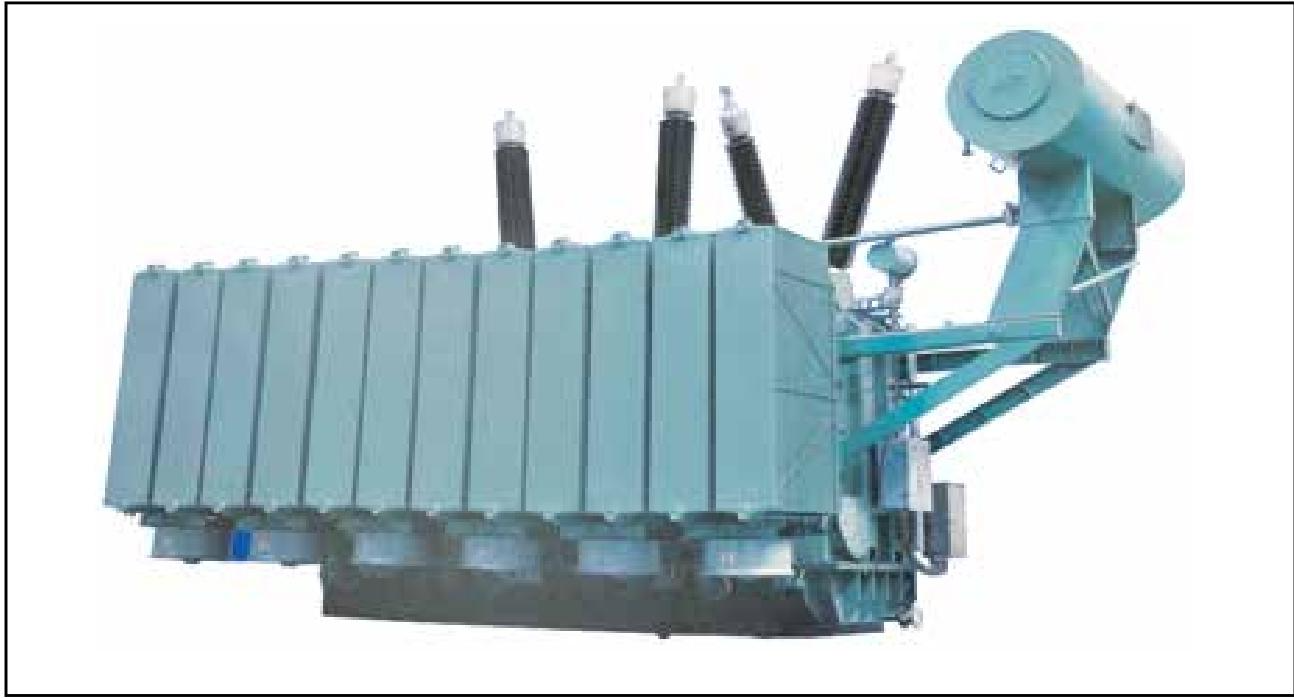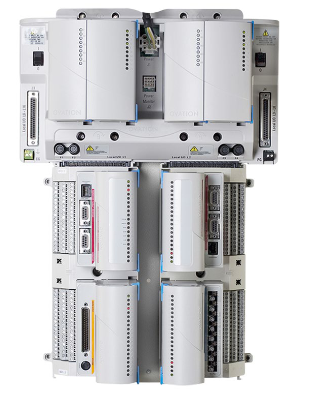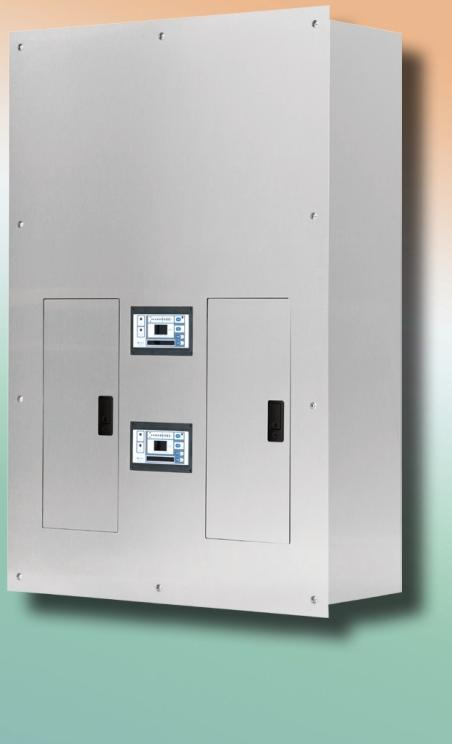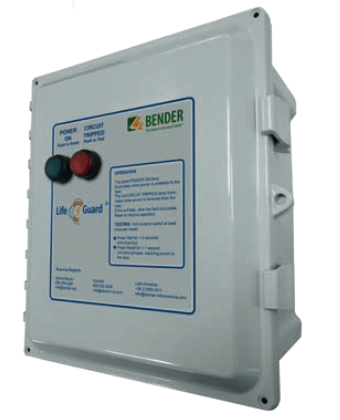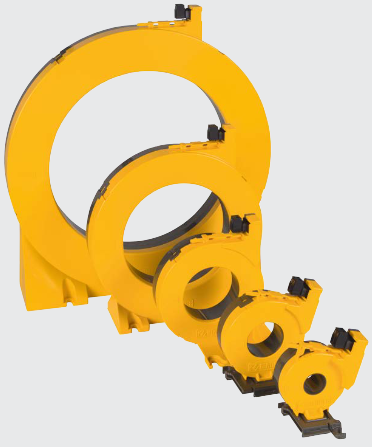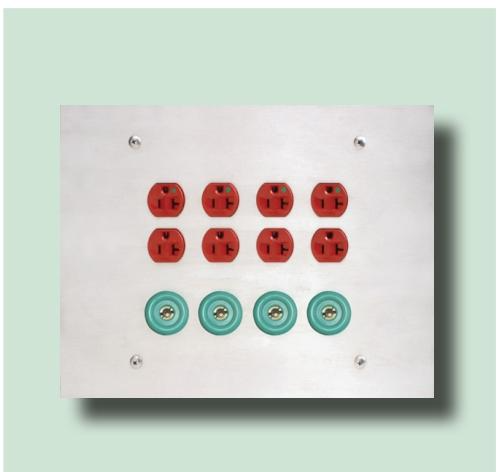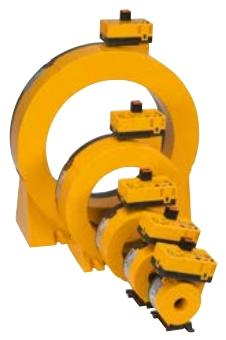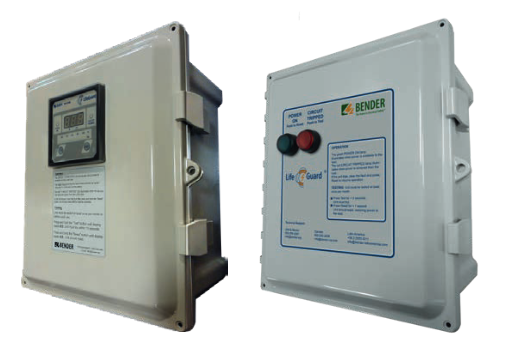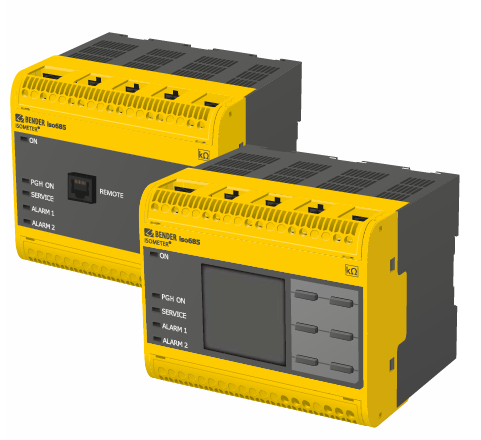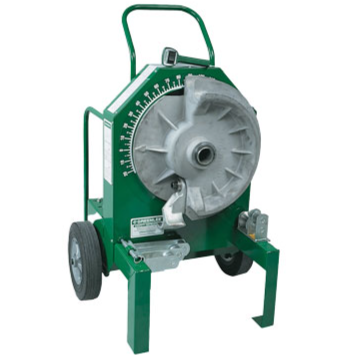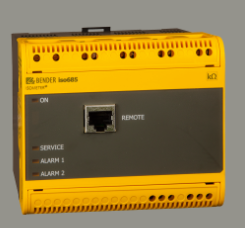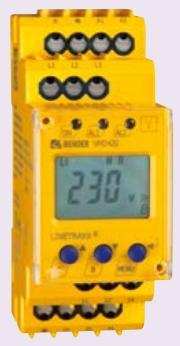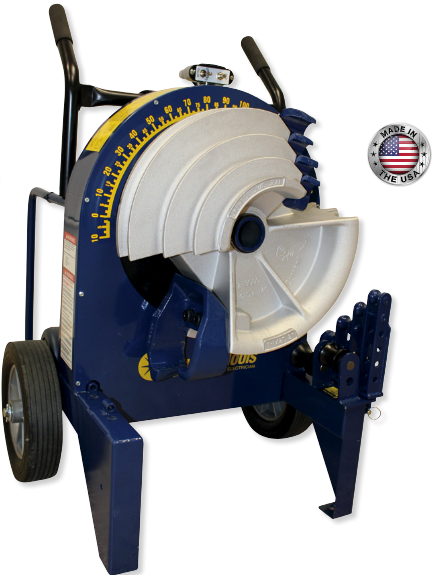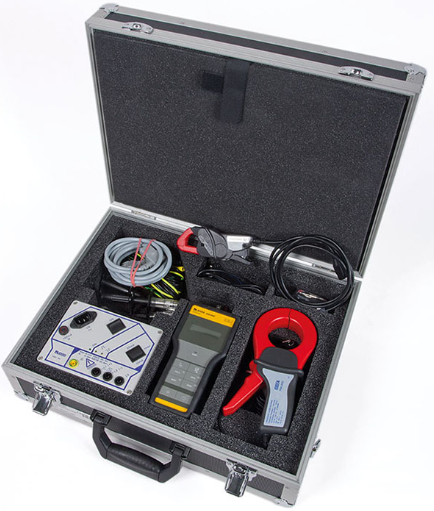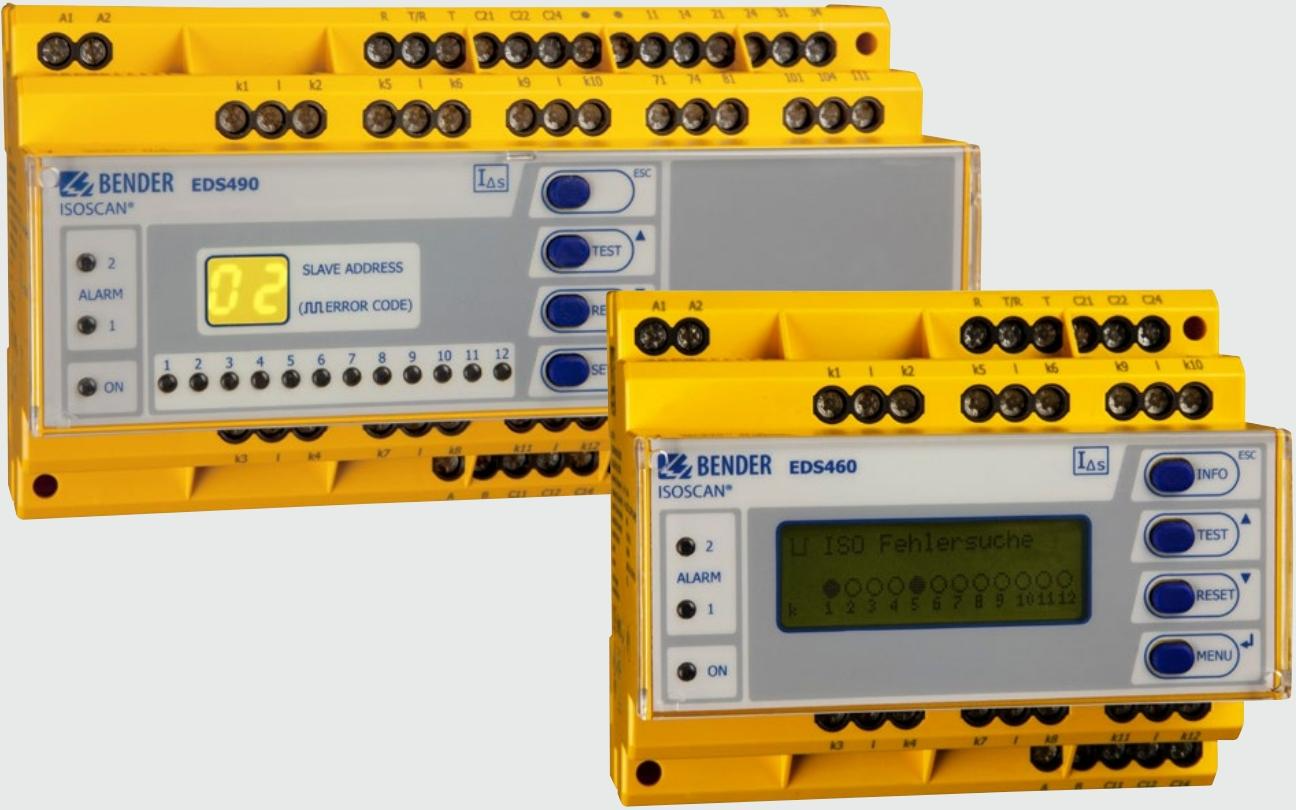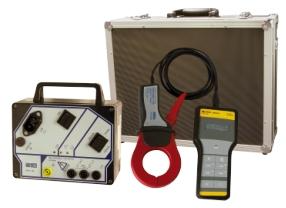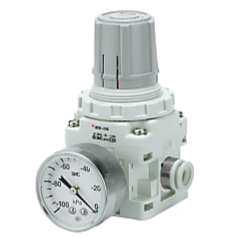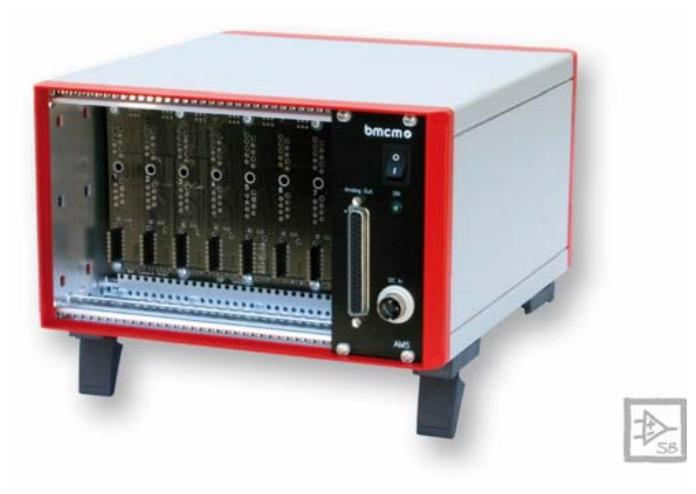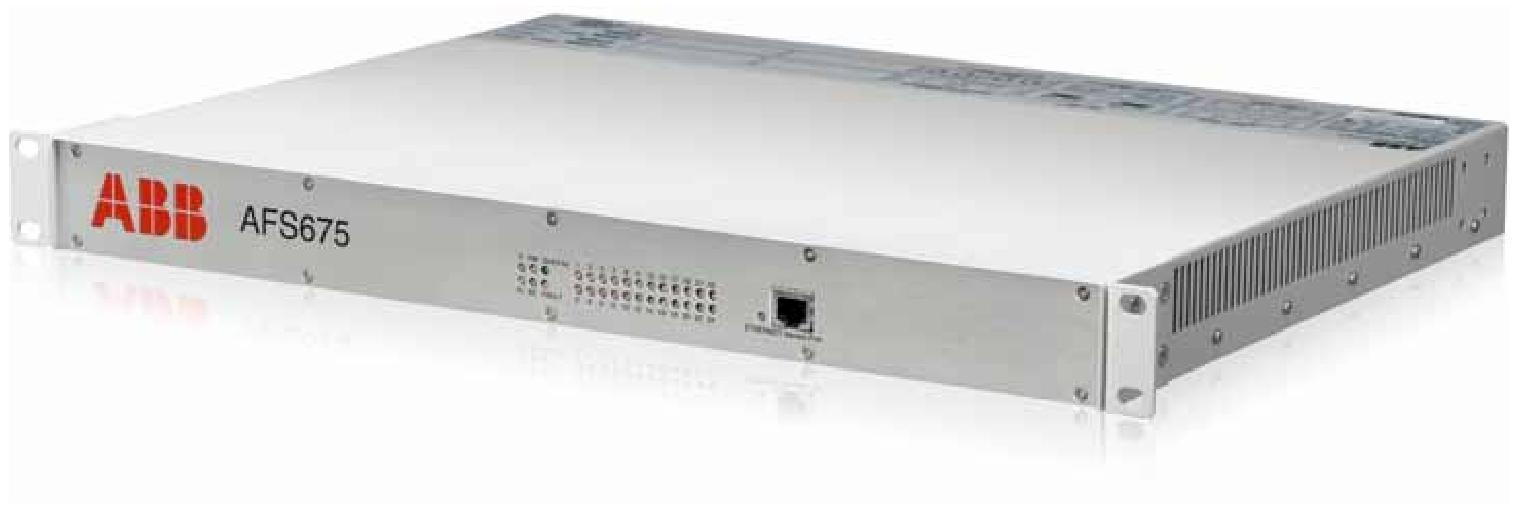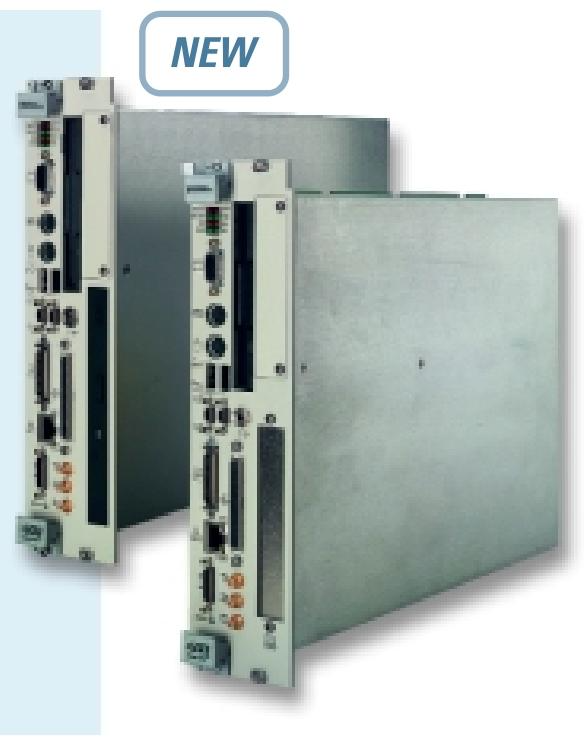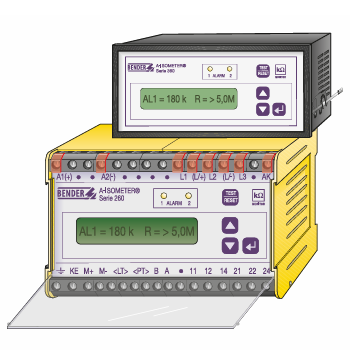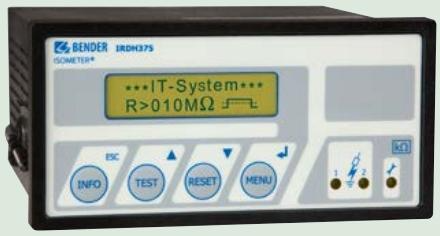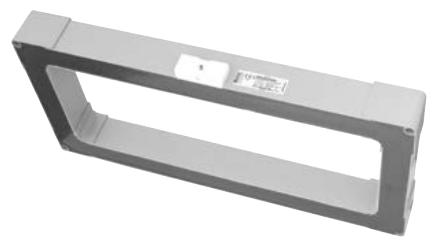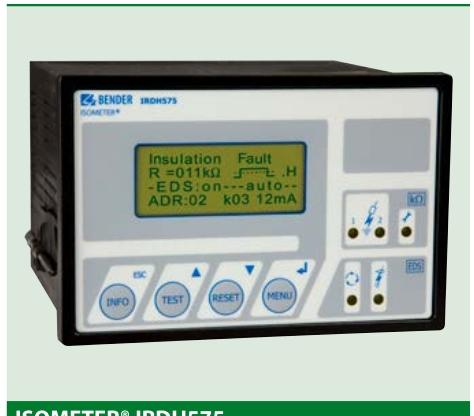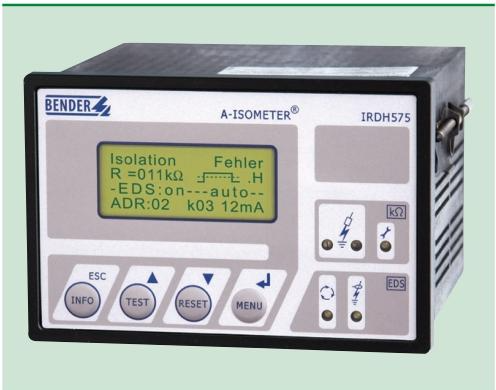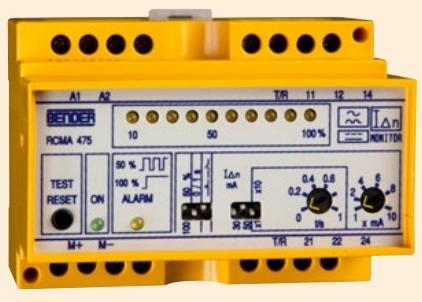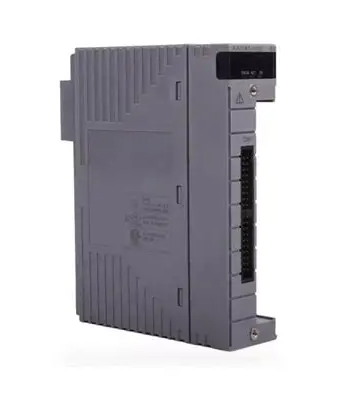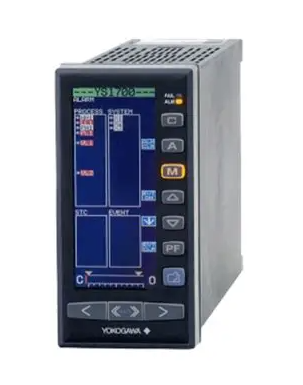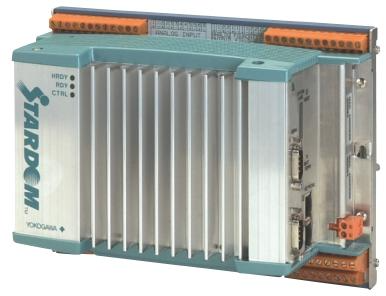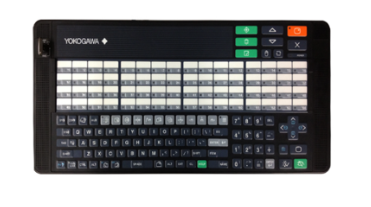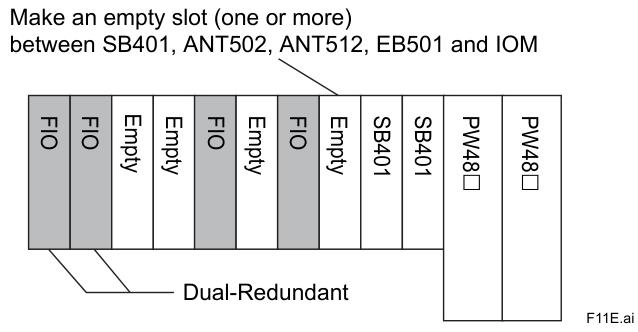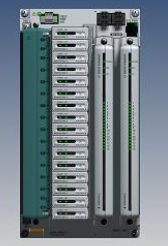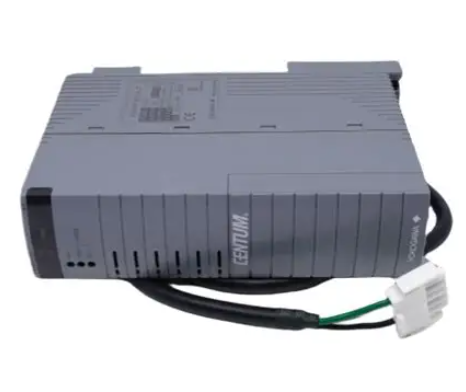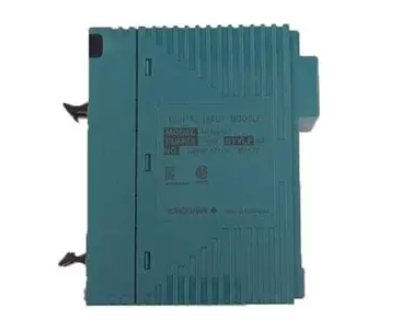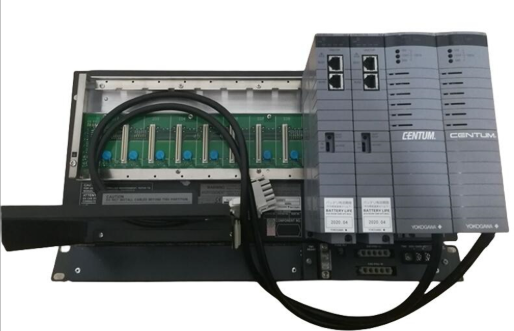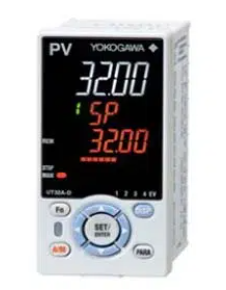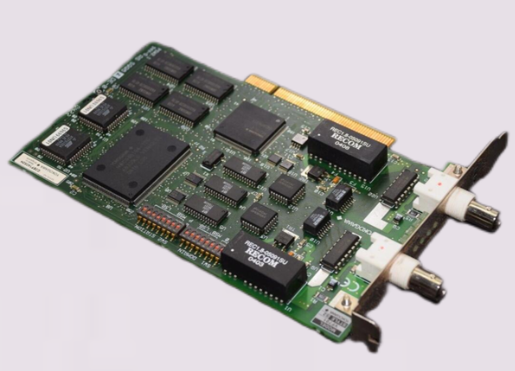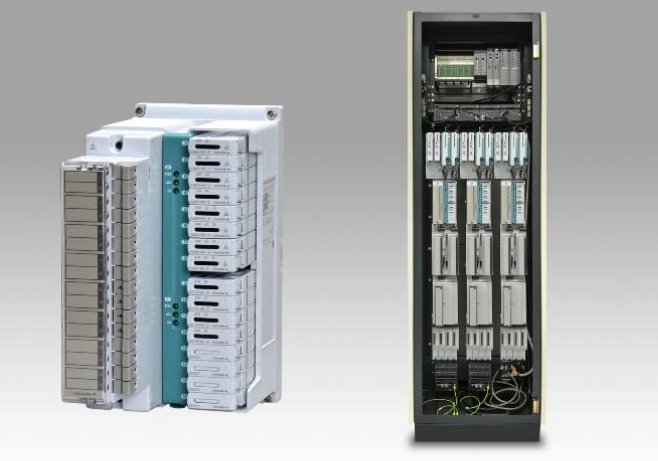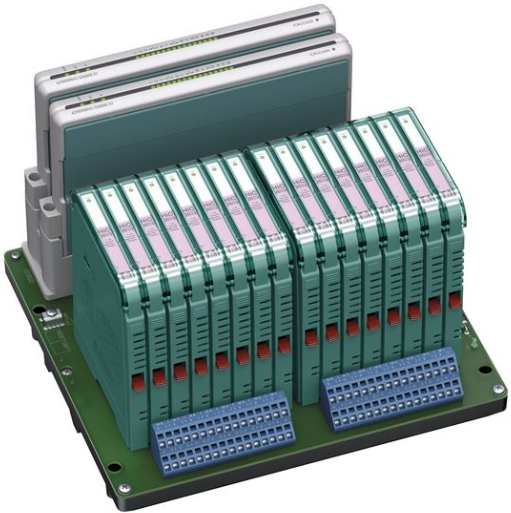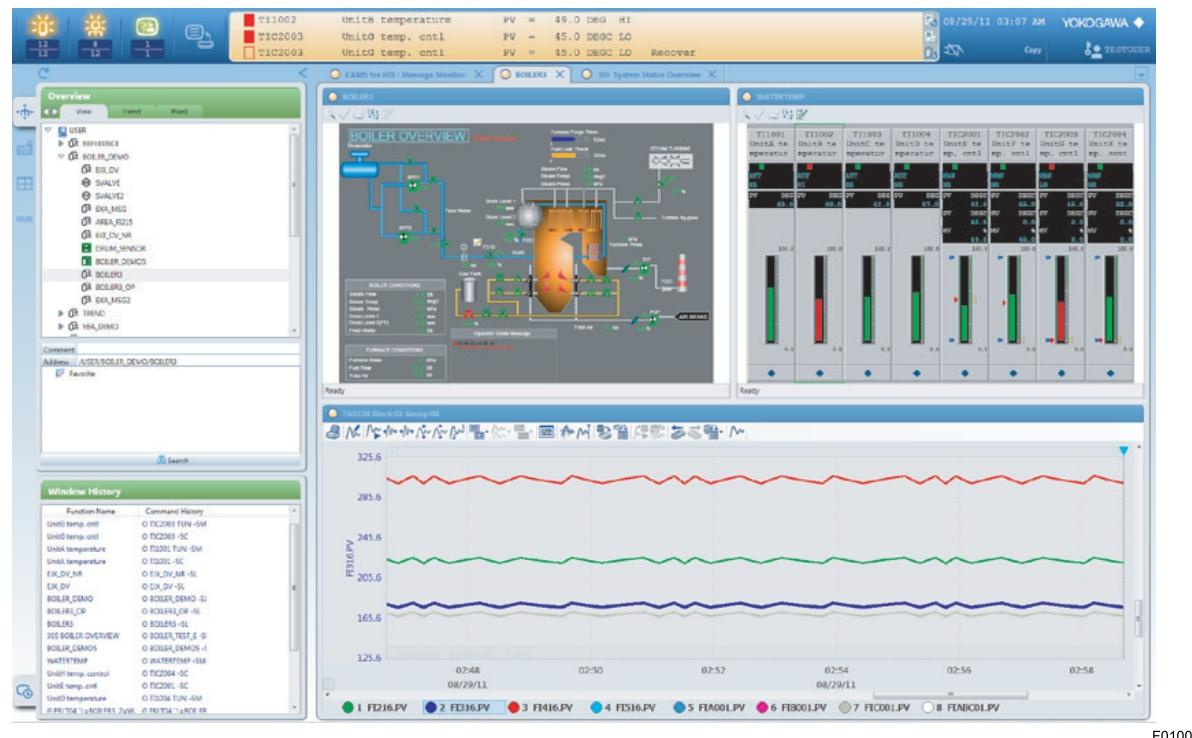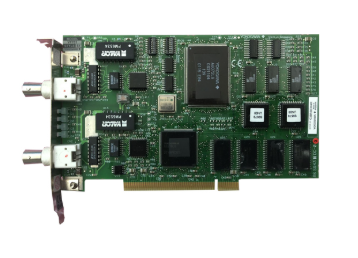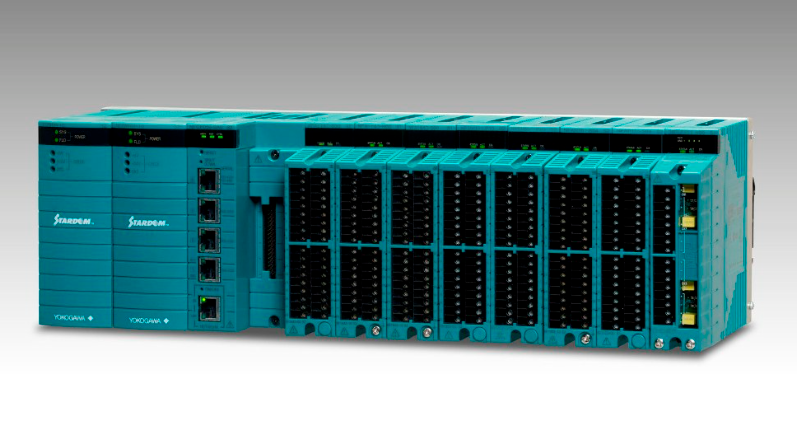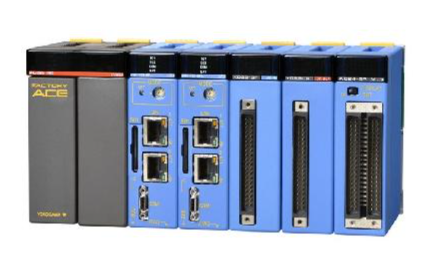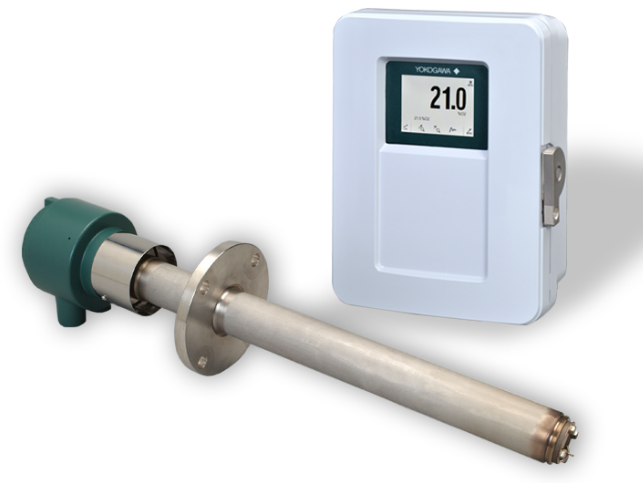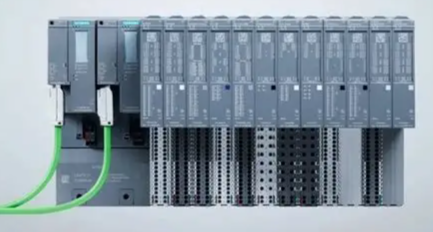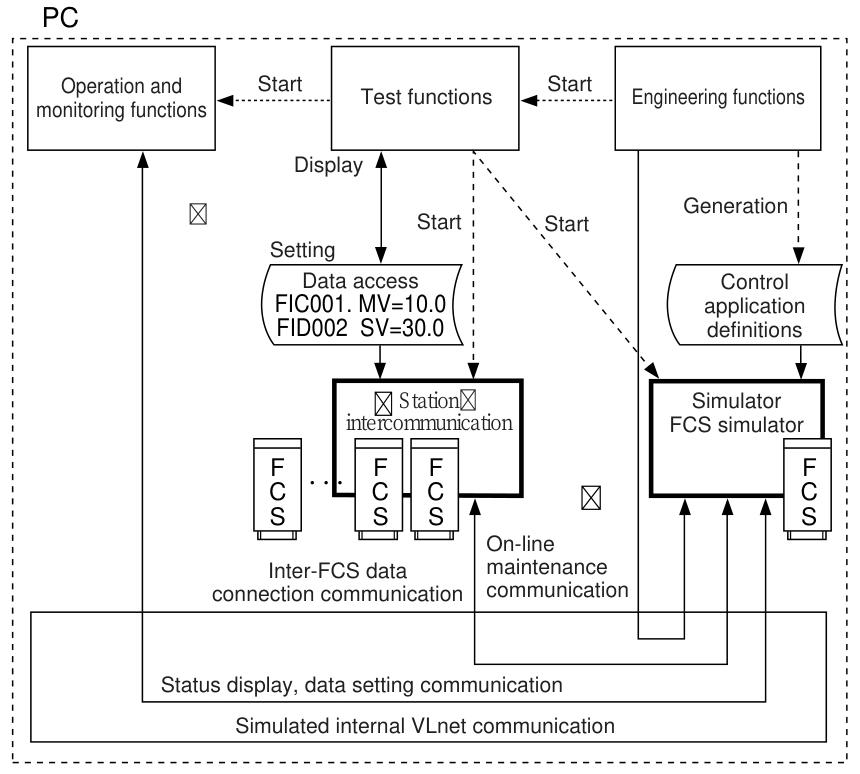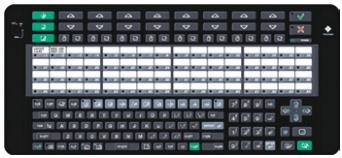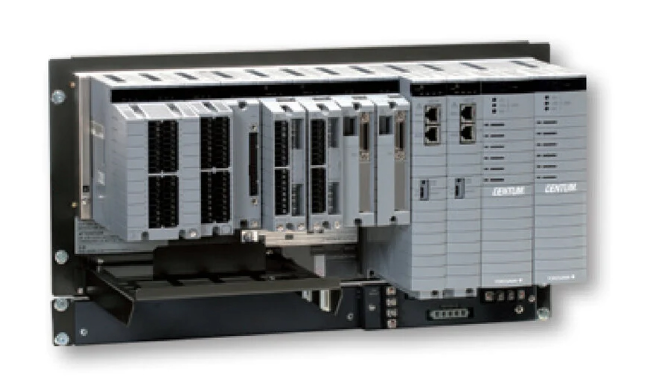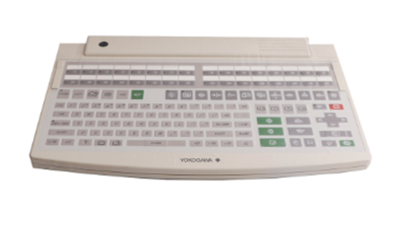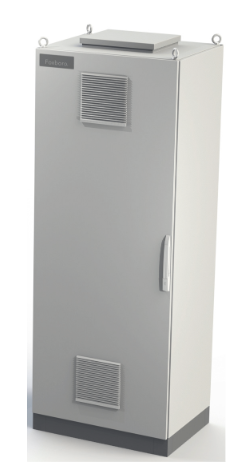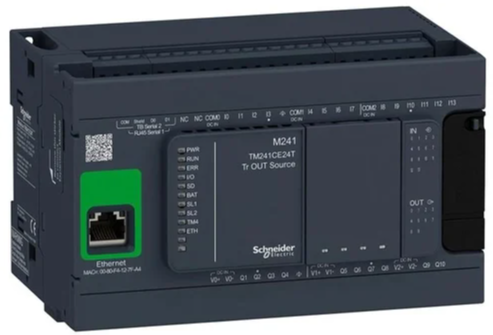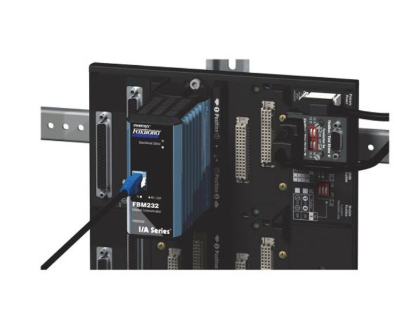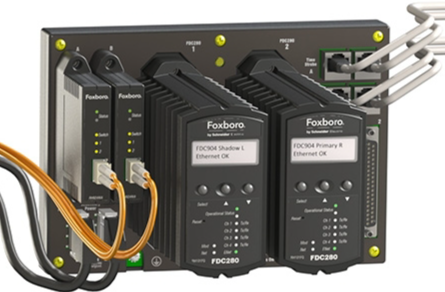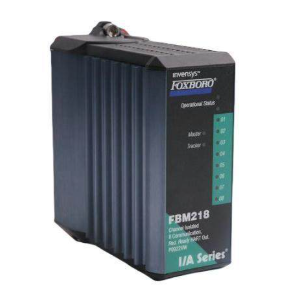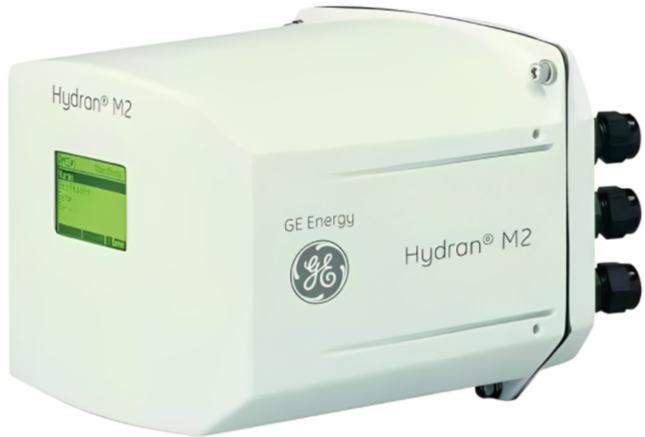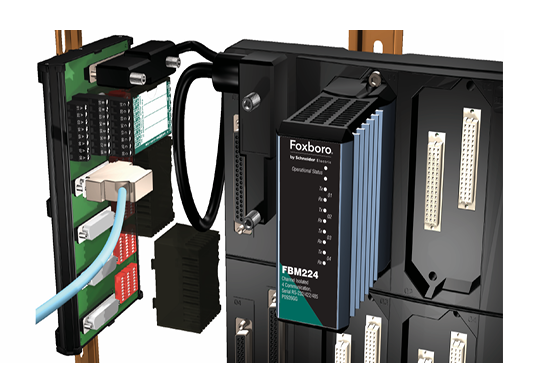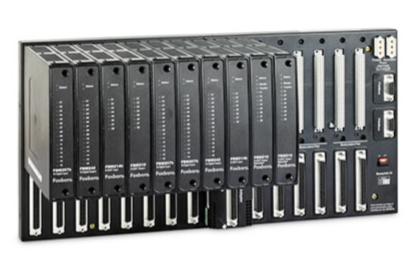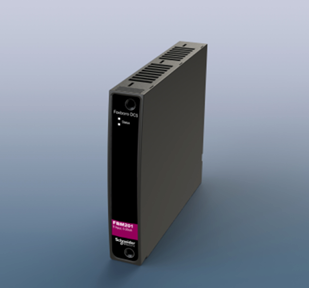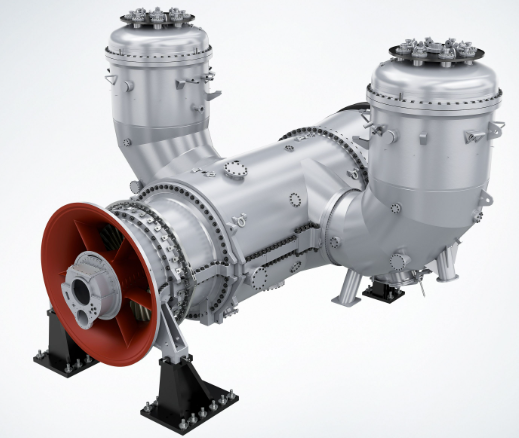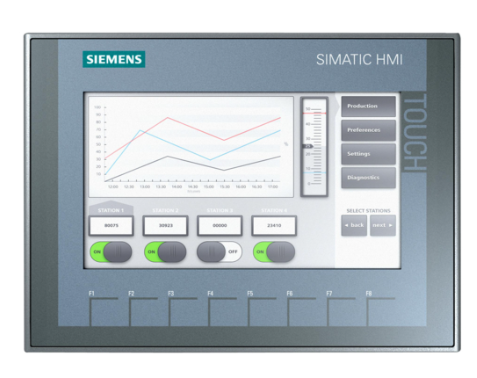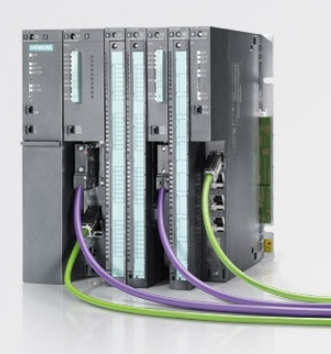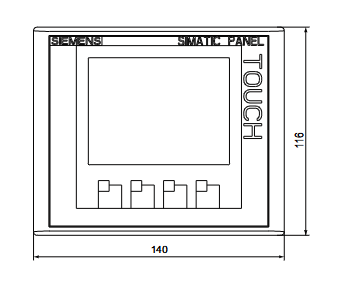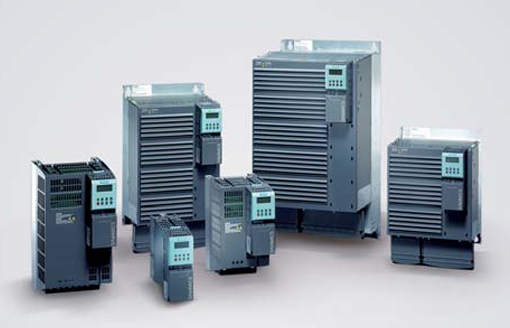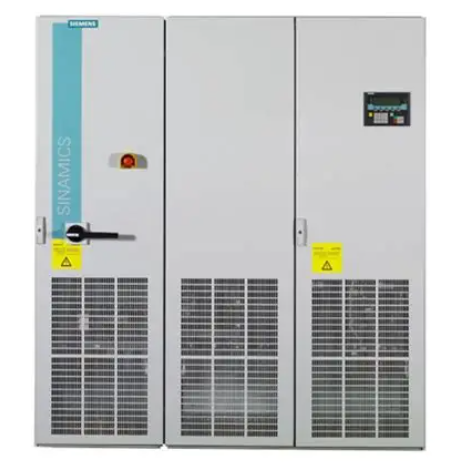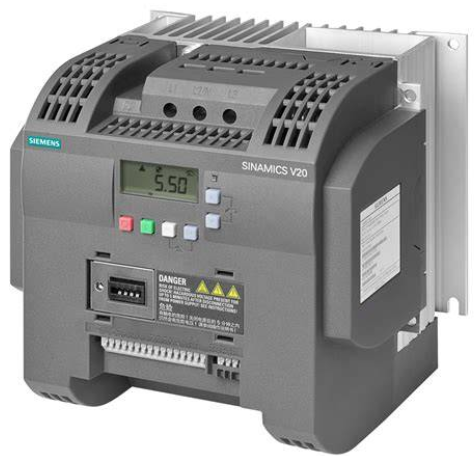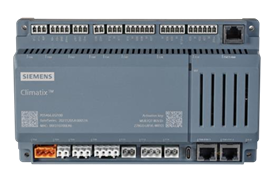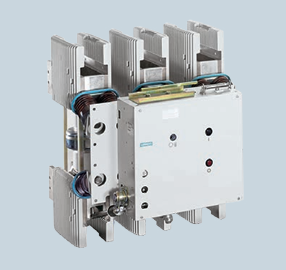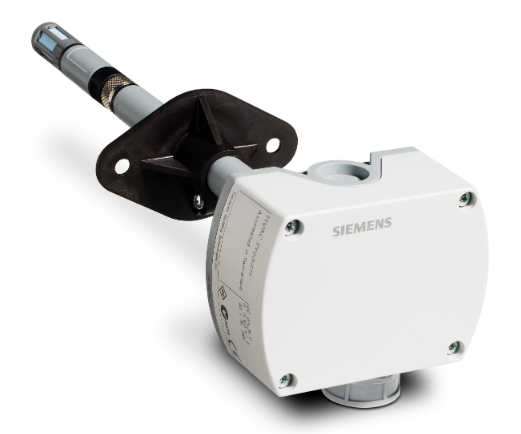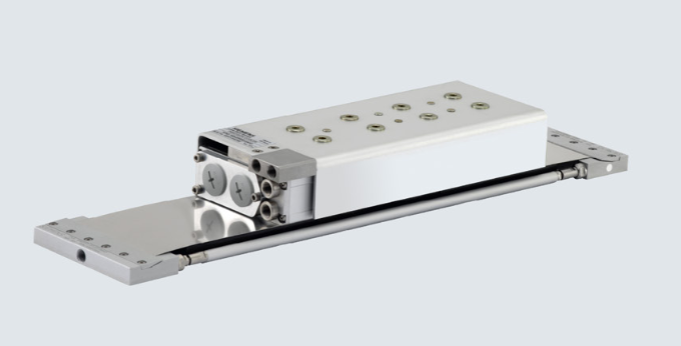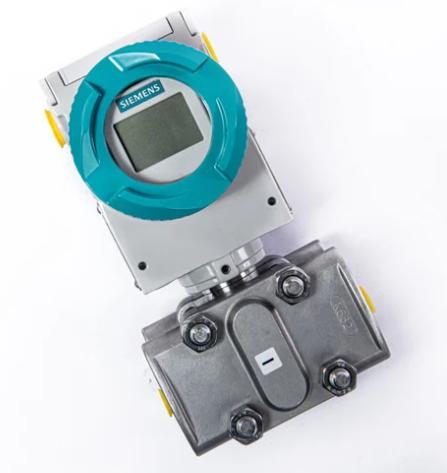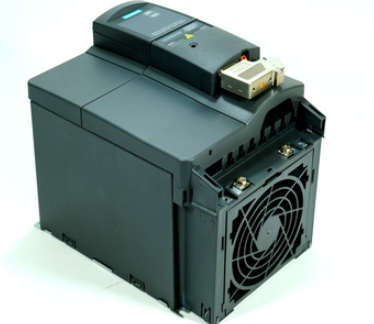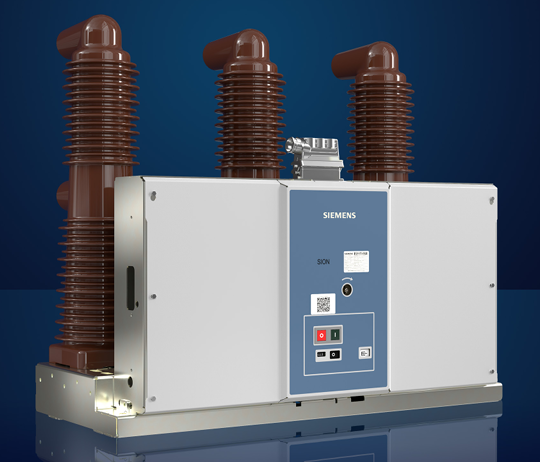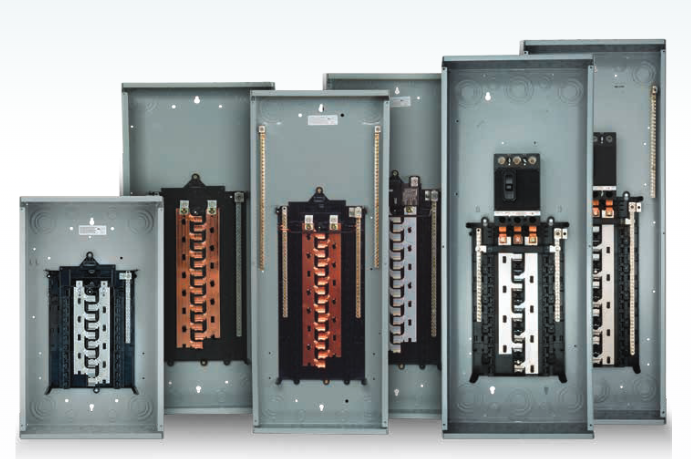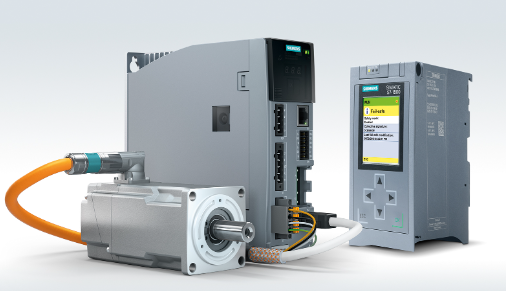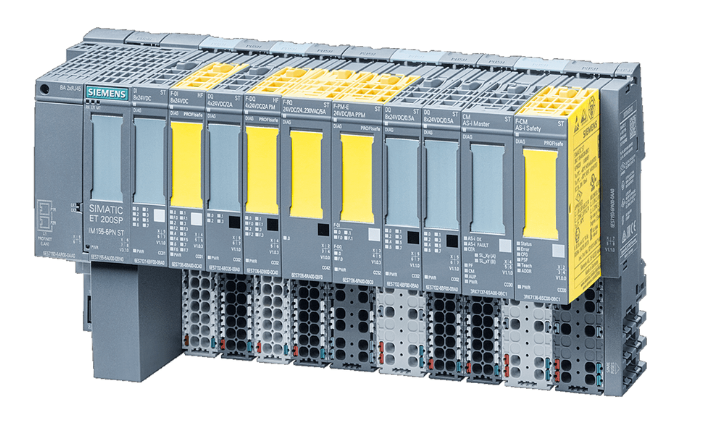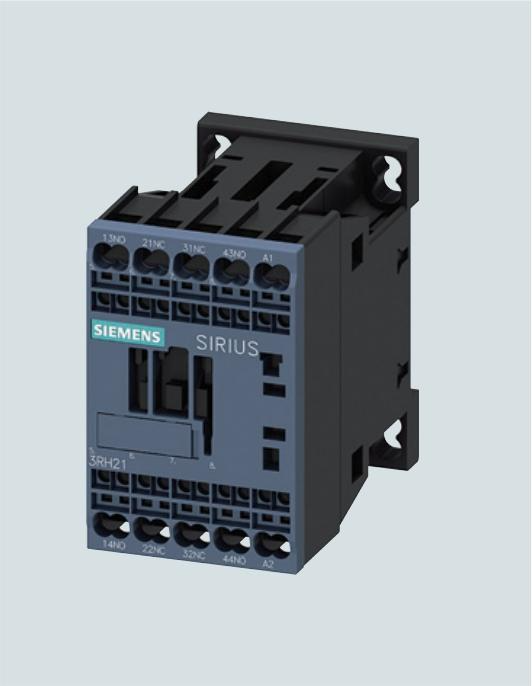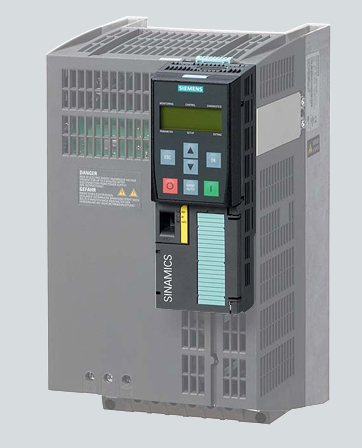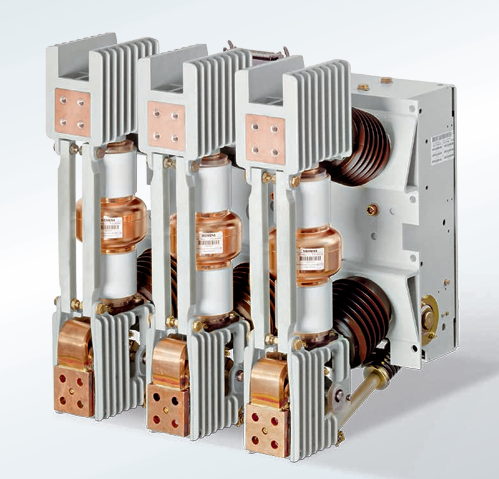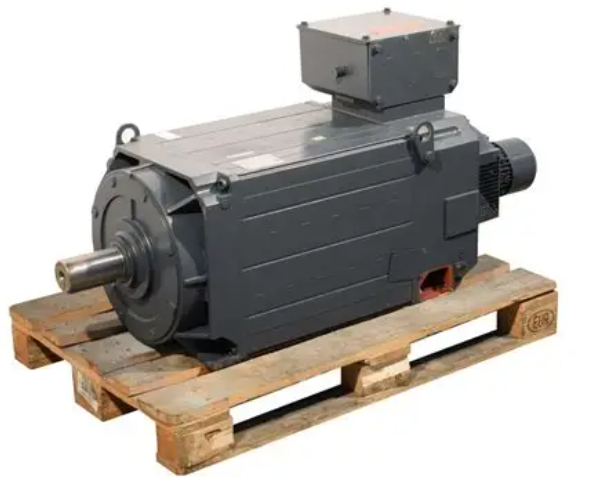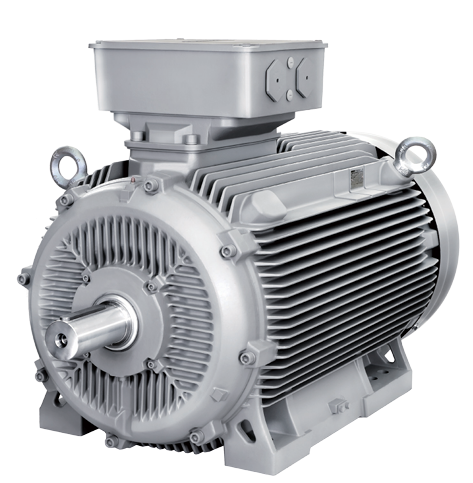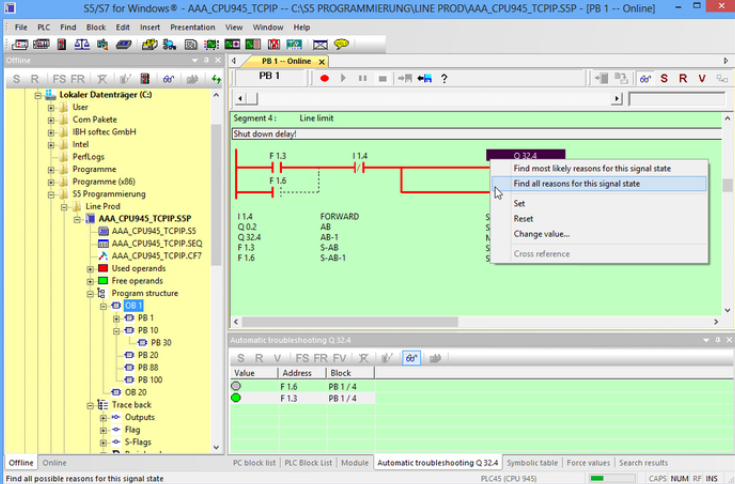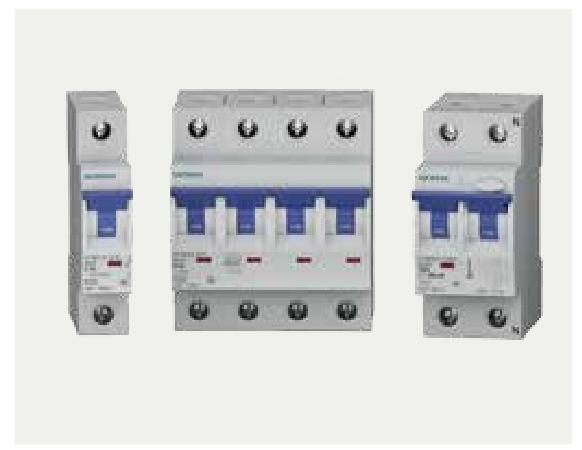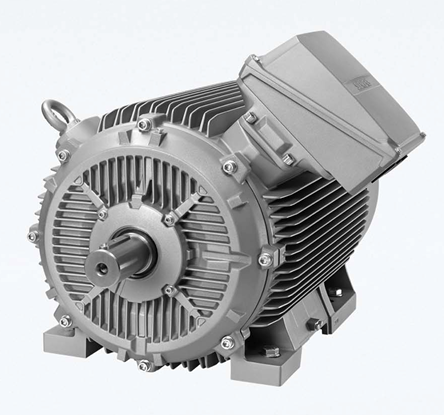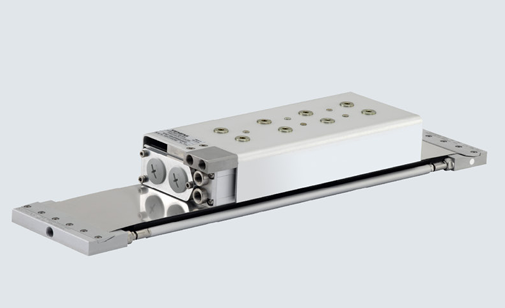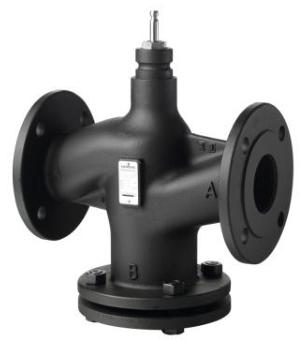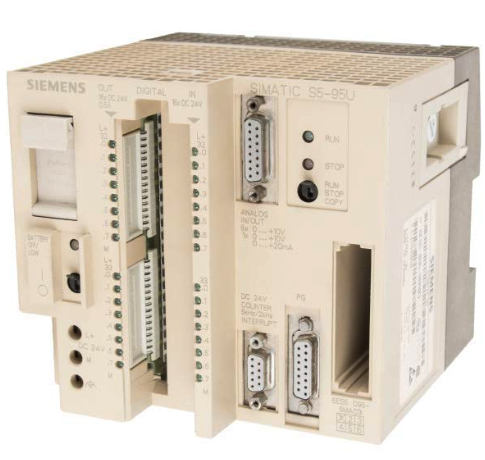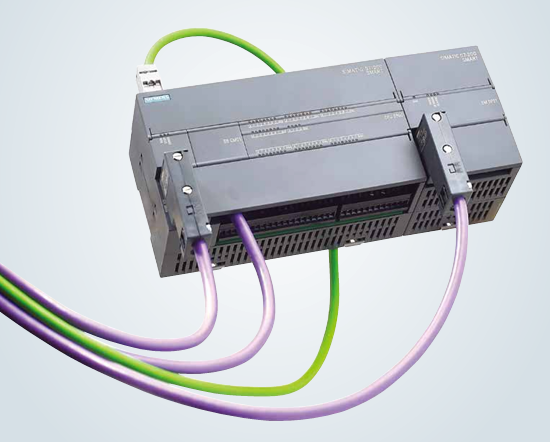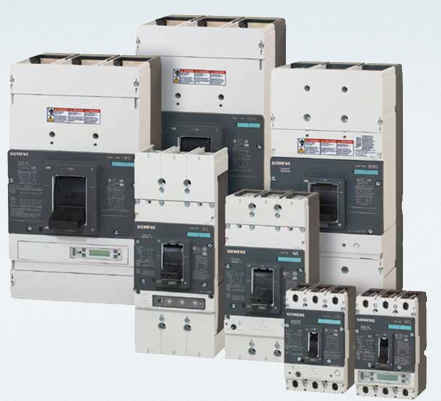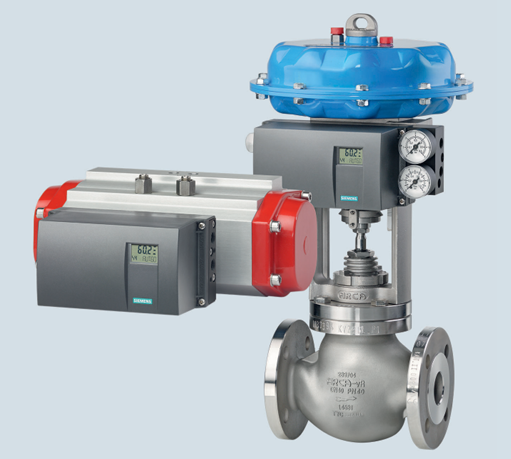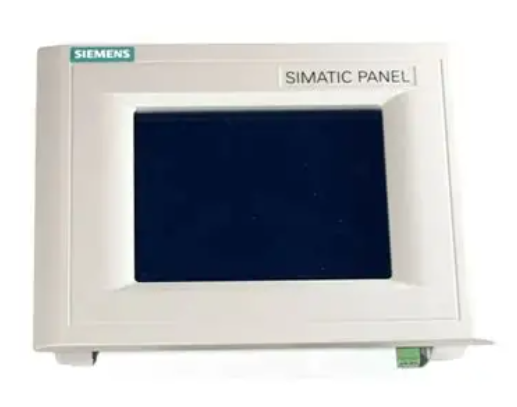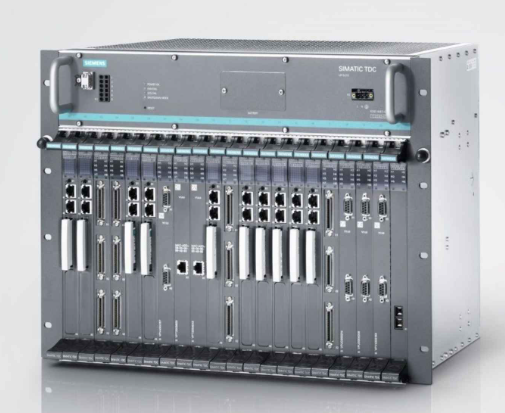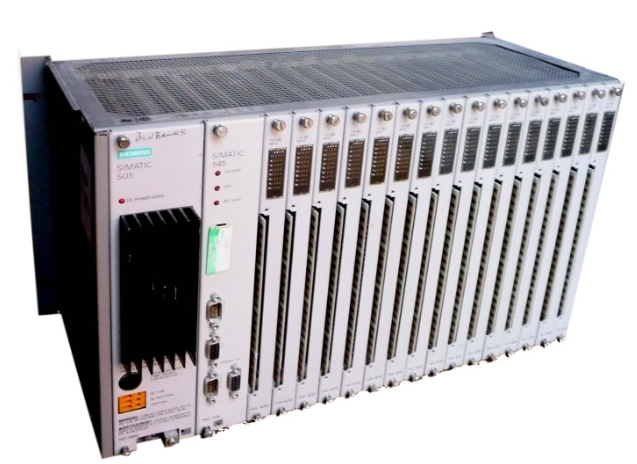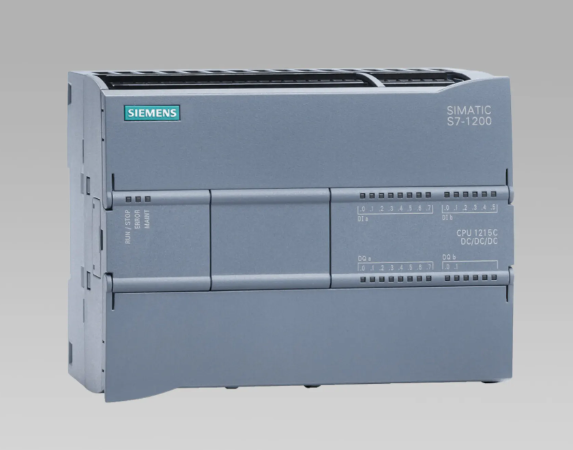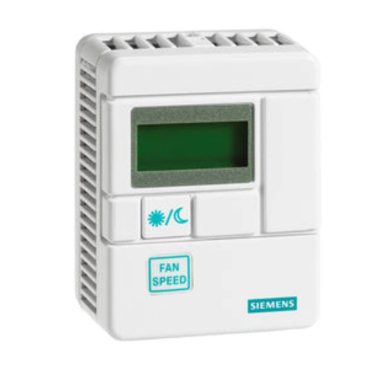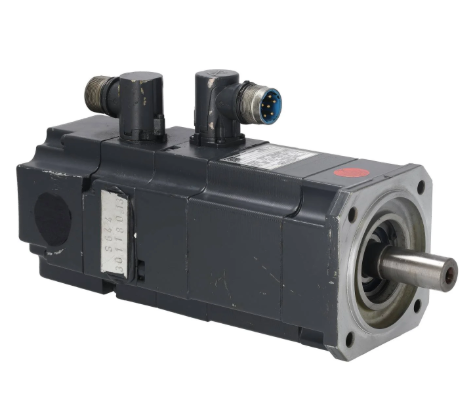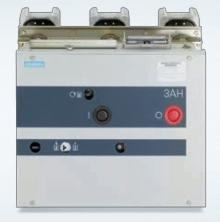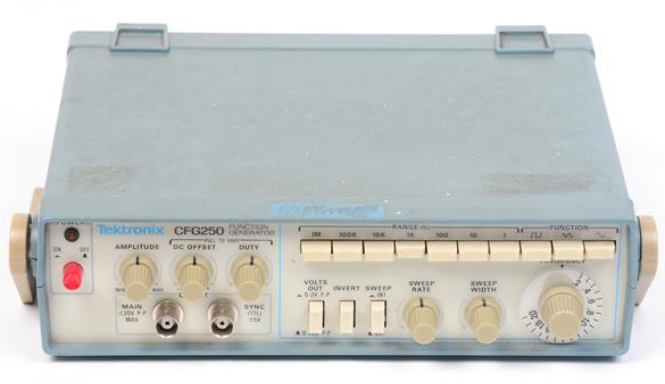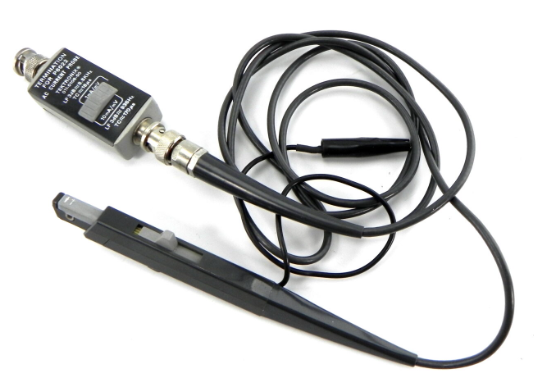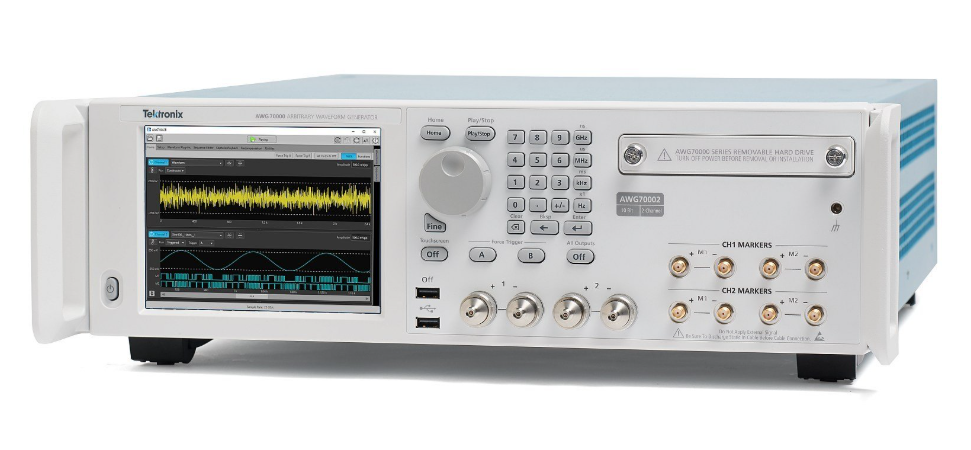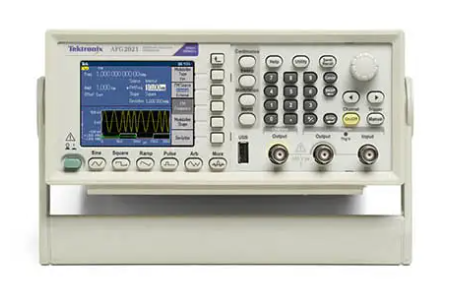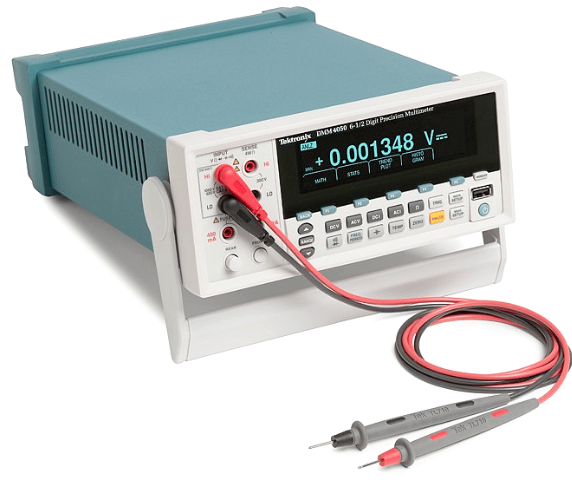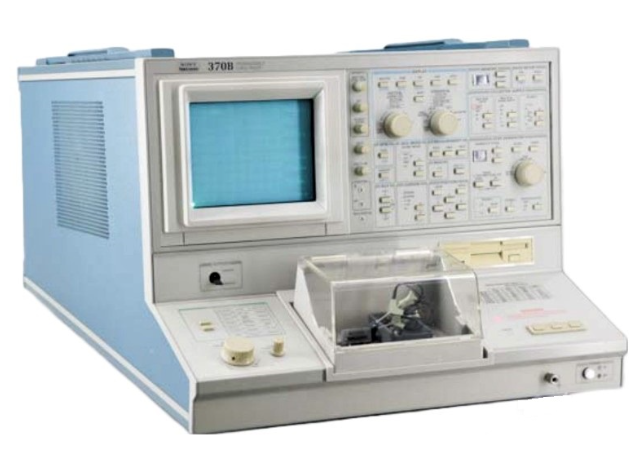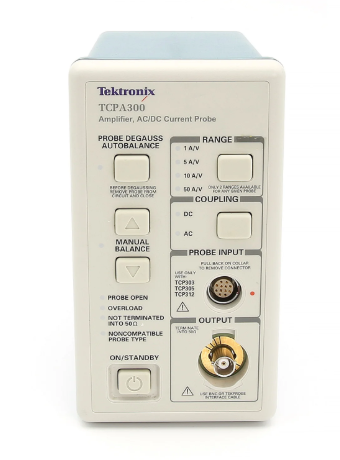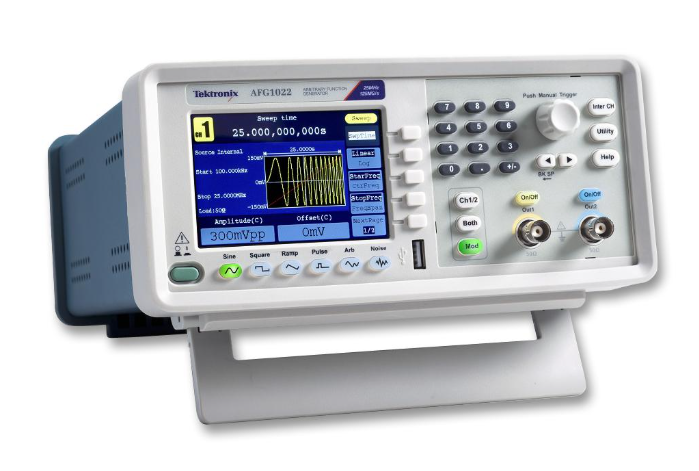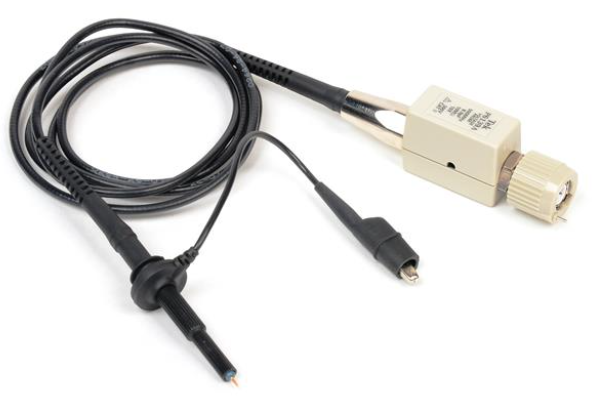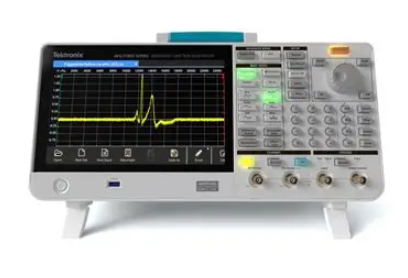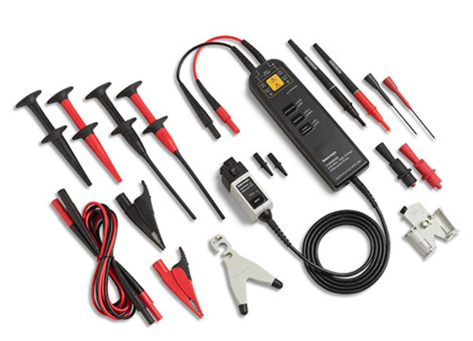

K-WANG
+086-15305925923
Service expert in industrial control field!
Product
Article
NameDescriptionContent
Adequate Inventory, Timely Service
pursuit of excellence


Ship control system
Equipment control system
Power monitoring system
Brand
Product parameters
- Telephone:+86-15305925923
- contacts:Mr.Wang
- Email:wang@kongjiangauto.com
Description
Note: The HC900 is equipped with an Ethernet port as a standard feature (two Ethernet ports on the C70
& C75 CPU). These ports can function simultaneously as slave and master communications ports.
The dual Ethernet ports (C70 & C75 CPU’s) can be configured for redundant operation to a host.
If the host device does not have the inherent capability to recognize a network failover, the
Honeywell HWIOPC Server would be used to perform this functionality.
Honeywell Pulse/Freq/Quad (4chan, 1Quad)900K01-0201
Note: The HC900 is equipped with an Ethernet port as a standard feature (two Ethernet ports on the C70& C75 CPU). These ports can function simultaneously as slave and master communications ports.
The dual Ethernet ports (C70 & C75 CPU’s) can be configured for redundant operation to a host.
If the host device does not have the inherent capability to recognize a network failover, the
Honeywell HWIOPC Server would be used to perform this functionality.
The dual Ethernet ports will not operate in a redundant configuration through a gateway to a
Host / server on another subnet. While both the E1 & E2 Ethernet can be configured with a default
Gateway address, only the E1 port will actually communicate across a gateway to another subnet
Hardware Components
This section contains general descriptions of each of the major components of the HC900 system.
For environmental specifications, refer to the section on Pre-Installation Planning.
HC900 Controller Rack
An HC900 Controller ("local rack") is shown in the following figure. As indicated in this figure, the Controller Rack
includes:
1. Rack, available in 4- 8-, or 12-slot versions
2. Power Supply
3. Controller Module
4. Grounding bars (for I/O wiring; optional)
5. Input/Output modules.
6. I/O Terminal Blocks
HC900 Redundant Controller Rack
A HC900 Redundant Controller is shown in the following figure.
1. Rack
2. Redundancy Switch Module (RSM) . Interface between Lead/Reserve controllers.
3. Lead/Reserve controllers. Two C75 CPUs, designated “CPU-A” (left), “CPU-B” (right).
4. Two 900P01-xxxx or 900P02-xxxx Power Supplies.
I/O Expansion Rack
I/O expansion ("remote") racks, shown in Figure 8, are available to accommodate additional input/output modules,
and/or to enable location of I/O modules close to the process and remote from the controller. For C75/C75S, all I/O
is in a rack or racks separate from the controller rack.
Scanner type must match controller type. i.e. example S50S may only be used with C50S, or C70S. S50S cannot be
used with a C50 or C70.
An I/O expansion rack includes:
1.Rack, available in 4- 8-, or 12-slot versions
2. Power Supply
3. Scanner 1 Module (S50/S50S) (shown) or Scanner 2 Module (S75/S75S)
4. Grounding bars (for I/O wiring; optional; required for
safety applications)
5.Input/Output modules
6.I/O Terminal Blocks
7. Power Status Module (PSM)
(req’d if using Reserve Power Supply)
8.Reserve Power Supply (optional). Available in 8- or 12-
slot racks.
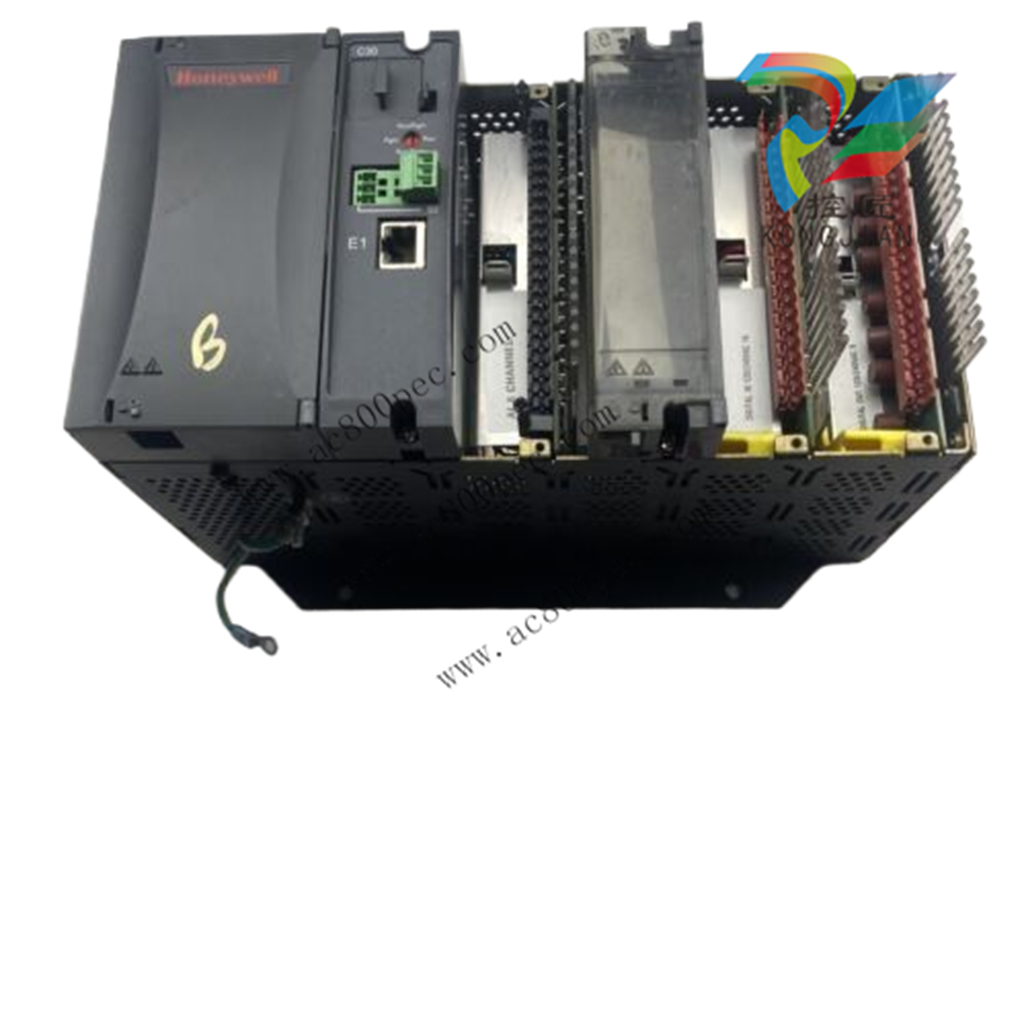
Rack Options
Racks are available in 4-slot, 8-slot, and 12-Slot versions. Racks are interchangeable between the Controller rack
and an I/O expansion rack, and all three versions shown in the following figure are available for either purpose.
8 and 12 slot I/O racks can be modified with additional slots for optional Reserve Power Supply and Power Status
Module.
Note: You can install redundant power on any 8 or 12 slot I/O rack
Power Supply
The P01 Power Supply, shown in Figure 10, provides 5 Vdc and 24 Vdc to the backplane connectors in the local and
remote racks. Power Supply is used in each Controller Rack, I/O expansion racks and for all rack versions (4-slot,
8-slot, and 12-Slot).
The lower capacity P02 power supply is available for reduced I/O applications and for Redundant Controller rack
power.
P24 power supply provides 5VDC and 24VDC to satisfy the power requirements of a single controller with I/O, a
Remote I/O rack or a Redundant C75 CPU. The 60 watt capacity requires minimal de-rating of the available HC900
I/O modules.
A tool-secured door covers the voltage connections. An internal non-replaceable fuse limits supply current under
certain fault conditions.
Each power supply includes an internal 5.0-amp fuse that
is not field-replaceable. (An external fuse may be added
by the user. See page 25)
Items shown with key numbers:
1. Voltage test points (P01model only)
2. AC/DC Input terminal block
3. Wiring label
4. Grounding lug (Reference; lug is not part of Power
Supply; it is staked to bottom of Rack.)
Power Status Module (PSM)
The Power Status Module (PSM) (Figure 11) sits between redundant power supplies on the
I/O rack (see page26). It is a status module for both power supplies and indicates which are
in use, PS-1 (left) or PS-2 (right) or both (typical).
When the status indicator for either or both of the power supplies is lit, it is reporting that the
status of the associated power supply is good and that the outputs are within specified
limits. When the status is off, either the power supply is off or the voltages are out of
tolerance.
Purchase history
| User name | Member Level | Quantity | Specification | Purchase Date |
|---|
Total 0 Record
Related products
Customer Reviews
Satisfaction :
5 Stars
No evaluation information





